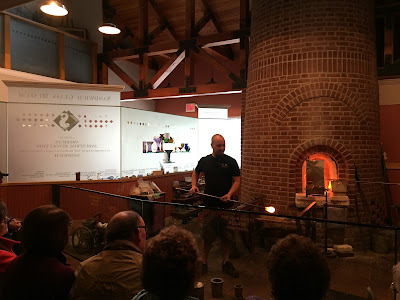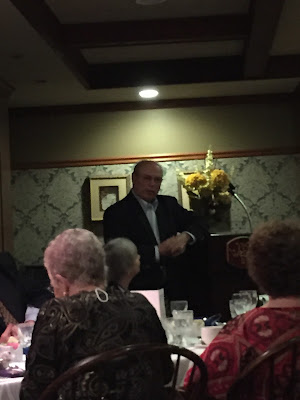The Women's Airforce Service Pilots were formed during World War II in response to the independant efforts of Jacqueline Cochran and Nancy Harkness Love. They both had separate ideas of what was needed, and approached it through different channels, but the end result was the WASPs.
World War II was a time when women stepped up to fill traditionally male roles while the men were off in combat. The classic example is the "Rosie the Riveter" who worked in the factories. WASPs were female pilots who stepped in to fill the void left when the male pilot went to combat.
Their role was to fly test planes, tow banners for target practice fly cargo and ferry planes. They were trained the "army" way at Sweetwater, Texas, where they learned everything the male pilots did except for combat techniques.
Unfortunately, they were not officially a part of the military, and when WWII ended, they were simply disbanded. Their records were sealed for 35 years, so few knew about them. Gradually over the years, they have been granted increasing veterans' benefits including the ability to be buried at Arlington National Cemetery.
Some interesting facts about the WASP are:
- 25,000 women applied, 1830 were accepted and 1074 earned their silver wings.
- They had to pay their own way to and from their training base.
- Altogether they flew 60 million miles in 77 types of aircraft.
- 38 were killed in service to their country but received no military honors.





















